|


























| |
| Original & Edited by
Claudette |
Award |
|
WEEK 7 ~ The EGG - July12 |
|
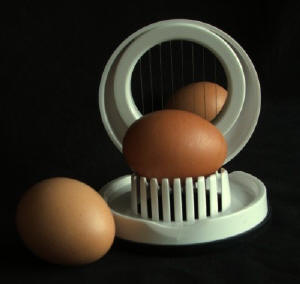
All about EGGS |
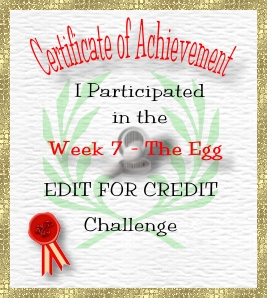
|
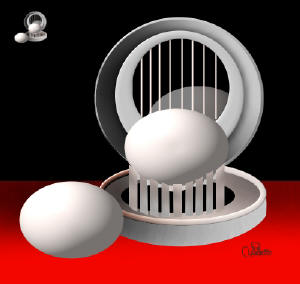 |
 |
|
|
 |
|
Week 8 ~ Balance Scale - July 19 |
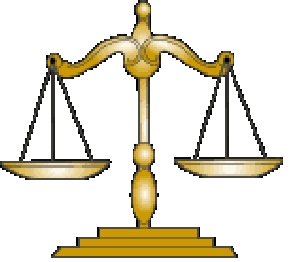 |
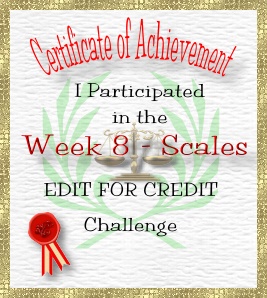 |
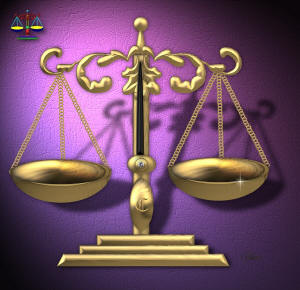 |

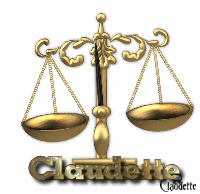 |
|
A balance (also balance scale,
beam balance or laboratory balance) is used to accurately measure the
mass of an object. This class of measuring instrument uses a
comparison technique in its conventional form of a beam from which a
weighing pan (weighing bason) and scale pan (scale bason) are suspended. To
weigh an object, it is placed on the measuring pan, and standard weights are
added to the scale pan until the beam is in equilibrium.
While the word "weigh" or "weight" is often used, any balance scale actually
measures mass, which is not dependent upon the force of gravity. The moments
of force on either side balance, and the acceleration of gravity on each
side cancels out, so a change in the strength of the local gravitational
field will not change the measured weight. Mass is properly measured in
grams, kilograms, pounds, ounces, or slugs.
The original form of weighing scale consisted of a beam with a fulcrum at
its center. For highest accuracy the fulcrum would consist of a sharp
V-shaped pivot seated in a shallower V-shaped bearing. To determine the mass
of the object, a combination of reference weights was hung on one end of the
beam while the object of unknown mass was hung on the other end. For high
precision work the center beam balance is still one of the most accurate
technologies available, and is commonly used for calibrating test weights.
|
|
 |
|
Week 9 - Eyeglasses
- July26 |
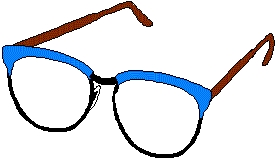 |
 hen you think
about inventions that have radically changed human existence, what comes
to mind? Probably the wheel, the printing press, maybe the refrigerator
and definitely personal computers. Then there are those more mundane
things that we rarely think about, but without which we'd be much worse
off. Like eyeglasses, for example. Imagine a world without glasses--many
of us would walk around bumping into things and driving our cars up onto
the sidewalk. So who invented glasses, and how were they first made? hen you think
about inventions that have radically changed human existence, what comes
to mind? Probably the wheel, the printing press, maybe the refrigerator
and definitely personal computers. Then there are those more mundane
things that we rarely think about, but without which we'd be much worse
off. Like eyeglasses, for example. Imagine a world without glasses--many
of us would walk around bumping into things and driving our cars up onto
the sidewalk. So who invented glasses, and how were they first made?
The truth is that nobody knows who invented
eyeglasses. At some point in Italy between 1268 and 1289 someone came up
with the idea, but the actual inventor remains anonymous. What we do
know is that the earliest lenses were made from quartz and were usually
set into bone, metal, or leather. As soon as early opticians figured out
how to make glass without bubbles and other obstructions, they started
making lenses out of glass.
Although glasses spread quickly throughout Europe and
Asia, there was one major problem: keeping them on the wearer's face.
Early glasses acted a bit like scissors, pinched onto the bridge of the
nose. Ouch. It took nearly four hundred years before opticians figured
out that rigid sidepieces resting on top of the ears might do the trick.
No history of spectacles would be complete without
some mention of Benjamin Franklin, who invented bifocals in the 1780s.
Annoyed at having to constantly switch glasses whenever he wanted to
read or take in the sights while travelling, Franklin had his reading
glasses cut in half and fused with his distance glasses. |
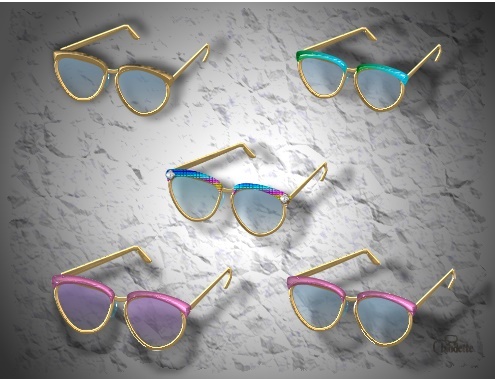
|
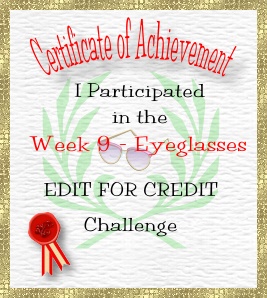 |
 |
 |
|
Week 10 ~ Clipper Ship - August 2
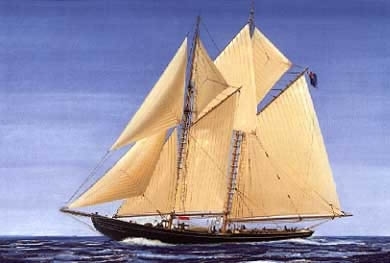 |
Clipper is a name applied to a
ship to indicate that it is a very fast sailer. The term, probably derived
from the verb clip (to move quickly), was first used in the United States
soon after the War of 1812 and was applied to the type of vessel formerly
described as Virginia built or of pilot boat construction. After the 1830s
the term clipper was adopted to mean any fast ship.
Click here for sailing song!
 |
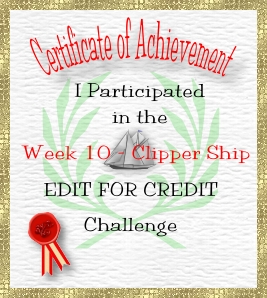 |
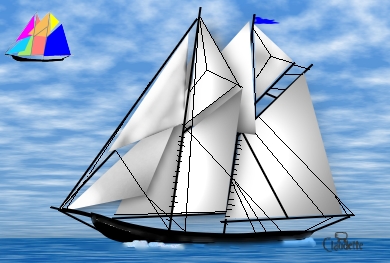 |
 |
|
|
|
|
|
                                        |
 |
|
|
|
|
|
|
|
![]()